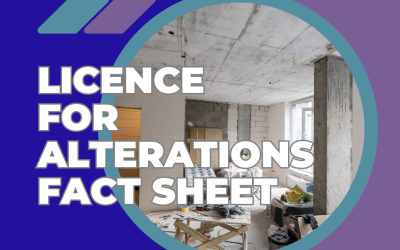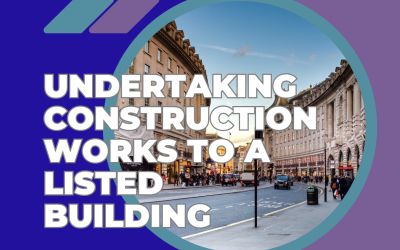Licence for Alterations Surveyors
Our Surveyors have worked on thousands of Licence for Alteration matters over the years
A Licence for Alterations is required when a leasehold owner wants to undertake alterations to their property.
In many cases, the specifics and wording of the lease will mean that the leaseholder needs to obtain their freeholder’s written consent in advance of commencing the works.
It is important for a leaseholder to comply with the lease alteration requirements, without it, they are not only in breach of their lease, however could ultimately be asked to reinstate the property back to its previous arrangement.
The type of construction work that require a Licence for Alterations is far and wide, structural and non-structural, however ultimately depends on the terms of the lease and its requirements.
Common Types of work that require a Licence for Alteration
In our experience, most leases require freeholder’s consent for the following works:

Changing Floor Coverings
Changing the property floor coverings will often be deemed an alteration and will require a licence from the freeholder. This is likely to only apply if carpets are being changed to hard surfaces. With requirements such as sound deadening underlay, acoustic testing and waterproof barriers all potential freeholder conditions.

Changing Kitchen & Bathroom Location
Changing the location of a Kitchen or Bathroom, or adding new ones, is often deemed an alteration and will require a licence from the freeholder. Much like changing floor coverings, requirements such as sound deadening underlay, acoustic testing and waterproof barriers are all potential freeholder conditions. There could also be service certificates or drainage assessments required.

Alterations to Services
Alterations to services; including water, gas and electricity will likely all require freeholder consent via a licence for alteration. Freeholder conditions for granting the licence could be contractor insurance, safety certificates, building regulations sign offs and potentially Surveyor inspection.

Layout Changes
Changes to the layout, both structural and non-structural will likely require freeholder consent via a licence for alteration. Freeholder conditions for granting the licence could be contractor insurance, Surveyor inspections, building regulations sign offs and Structural Engineer input.

Window Changes
Changes to windows will require the freeholder’s consent and will be dealt with under the lease’s alterations clause. Freeholder conditions could be contractor insurance, method statements, temporary support information, Fensa certificates and temporary access requirements.
What does a Licence for Alteration Surveyor do?
In administering and agreeing the Licence for Alteration, the Surveyor’s role will be to review the leaseholder’s proposed works from the perspective of the envelope of the property as well as the neighbouring leaseholder properties.
The Surveyor will want to ensure that the risks associated with those works, both short and long term have been fully considered, thereby ensuring both nuisance and potential damage is bought to an absolute minimum.
What is the Licence for Alterations Process?
1. Checking the Lease
We will start by checking the lease to establish what type of alterations covenant it contains as this will very much set the tone for the licence for alterations procedures and determine if the proposed works can take place.
2. Reviewing the Plans
We will then review all of the plans and advise you of the type of requirements that we believe will form part of the licence for alterations procedures in obtaining alterations consent.
3. Initial Approach
We will then formally approach the freeholder to confirm the leaseholder’s intent for the proposed works and establish the manner in which they’d like to handle the process.
4. Information Requests
At this stage, it is common for the freeholder to make a number of information requests in respect of the work. These can be far and wide and very much depend on the fabric of the property and the works taking place.
5. Site Inspection
Site inspection tends to take place at this stage with Schedule of Condition Surveys and Reports being prepared for neighbouring flats, communal areas and external facades that may be affected by the leaseholder’s construction works.
6. Agreement of the Licence
The draft licence will then be circulated, worked up by both the leaseholder’s advisors and freeholder’s advisors and ultimately signed and agreed. Once the licence for alterations has been agreed, the leaseholder will be within their legal rights to commence the works.
7. Interim Inspection
During the course of the construction works, the leaseholder’s Surveyor, or the freeholder’s Surveyor may undertake interim inspections at certain points to check licence compliance.
8. Post Work Inspection
Upon completion of the construction works, the Surveyor will then re-visit to check off the pre works Schedule of Condition Surveys and Reports, thereby ensuring damage and issues hasn’t arisen as a result of the construction works.
What type of Lease Alterations Clause and Covenant Do You have?
Generally speaking the majority of leases will have one of three different types of alterations clause and covenant.

Fully Qualified Covenant
A fully qualified covenant is the most facilitating covenant and means that you are likely to get the freeholder’s consent, with that consent not being unreasonably withheld.

Qualified Covenant
A qualified covenant will prohibit a leaseholder’s proposed alterations, except in a situation where the freeholder has given them consent. This consent doesn’t need to be given and is at the freeholder’s discretion.

Absolute Covenant
An absolute covenant is fully prohibitive and ultimately means you are only able to get the licence for alterations consent if the freeholder is specifically agreeable to waiving the alteration clause in its entirety.
If you’d like us to review your lease and advise you of the type of lease alterations clause and covenant you have, get in touch with us and we’d be happy to advise free of cost.
Licence for Alteration Surveying Costs
Here at Stokemont, we believe that Licence for Alteration Surveying costs should be transparent and clear. As a guide our prices are as below, in order to obtain a fixed cost, please get in touch with our Surveying team who will be happy to advise.
Licence for Alteration Minor Works
From £1,575 + VAT
Licence for Alteration Non-Structural Works
From £1,575 + VAT
Licence for Alteration Structural Works
From £1,595 + VAT
Further Licence for Alterations Costs for Consideration
Here at Stokemont, our costs will always be fixed. However, it is important to bear in mind that there can be instances that there are unexpected costs for which the leaseholder would be liable.
Please note that none of these costs would be costs or fees payable to Stokemont and would instead be as follows:

Advising Engineer
In situations of structurally complex works, or works of a high risk. It is likely that the freeholder will request the input of an advising engineer. Their role will be to review the works from the perspective of the envelope of the building, ensuring the risk is as low as it can be.
Their costs tend to start around the £500 mark.

Solicitor
In the majority of cases, the freeholder will request the legal input of a solicitor, this may be in the form of drafting the licence or checking the circulating licence for alterations documentation.
Their costs tend to start around the £800 mark.

Surveyor
The freeholder may request the input of their own Surveyor to advise them and work with the leaseholder’s Surveyor in the agreement of the circulating licence for alterations.
Their costs tend to start around the £800 mark.

Visits
The freeholder may request the leaseholder’s Surveyor, or their own Surveyor undertake interim inspections of works and property to ensure the licence for alterations is being adhered to.
These costs tend to start around the £300 mark per visit.

Cleaning
The freeholder may request the communal areas or external areas which are to be affected by the leaseholder’s works be professionally cleaned post construction to ensure no sign of the contractor’s presence.
These costs tend to start around the £200 mark per visit.

Damage
In the unfortunate event of damage being caused as a result of the leaseholder’s works, leaseholder will find themselves liable for the repair costs associated with the making good and remedy.
Typical Licence for Alterations Surveying Questions & Video FAQ

Closed
Can my Freeholder refuse my works?
 This very much depends on your lease’s alterations clause. If it is prohibitive, then the freeholder does have the legal right to refuse your proposed construction works.
This very much depends on your lease’s alterations clause. If it is prohibitive, then the freeholder does have the legal right to refuse your proposed construction works.
We would always advise fully reviewing the lease in advance of incurring any costs in the run-up to proposed construction works.
If you’d like for one of our Surveyors to review your lease, feel free to get in touch. There is no charge for this!
How much do the Licence for Alterations procedures cost?
 This is dependent upon the type of work you are planning on undertaking to your demise, the type of property and ultimately the freeholder with whom your lease is a party to.
This is dependent upon the type of work you are planning on undertaking to your demise, the type of property and ultimately the freeholder with whom your lease is a party to.
We would always advise discussing these variables with an experienced Licence for Alterations Surveyor well in advance of the construction works commencing.
They should be able to give you a firm and clear indication of the costs.
Am I responsible for the Freeholder’s Costs?
How long do the Licence for Alterations procedures take?
 This very much depends on the type to work your planning and undertaking, the freeholder and ultimately the quality of information that is to hand.
This very much depends on the type to work your planning and undertaking, the freeholder and ultimately the quality of information that is to hand.
We would always advise presenting the information to an experienced Licence for Alterations Surveyor as soon as possible as they should be able to give you much clearer guidance on this point.
Here are some Licence for Alteration projects we’ve done in the past:
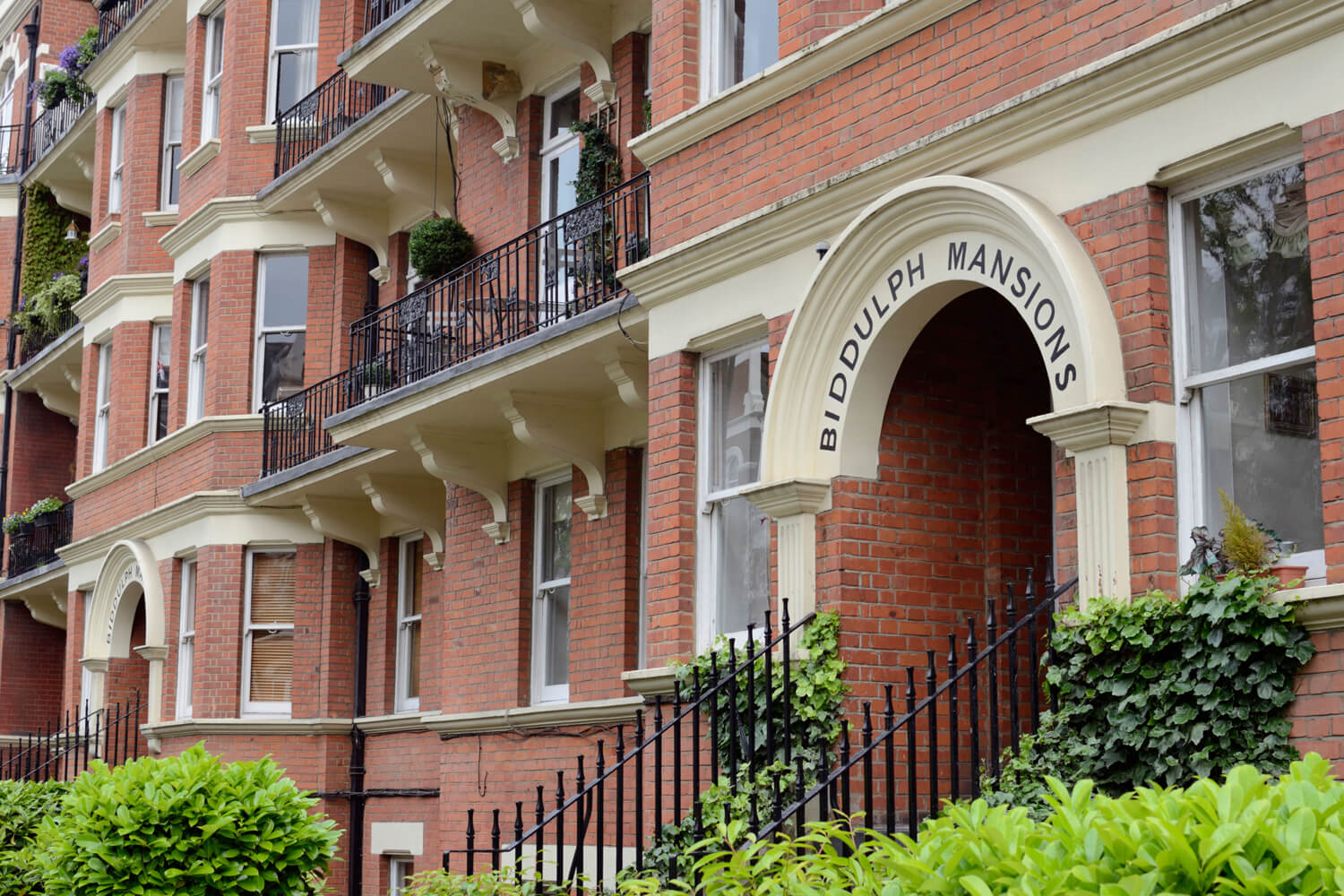
Elgin Avenue, Maida Vale, W9
The Stokemont team were very pleased to be able assist with a Licence for Alterations covering internal works to a mid level flat on Elgin Avenue, Maida Vale, W9. The works included the installation of new bathrooms, the relocation of walls and the introduction of a heat detector system.
Timeline: 21 days
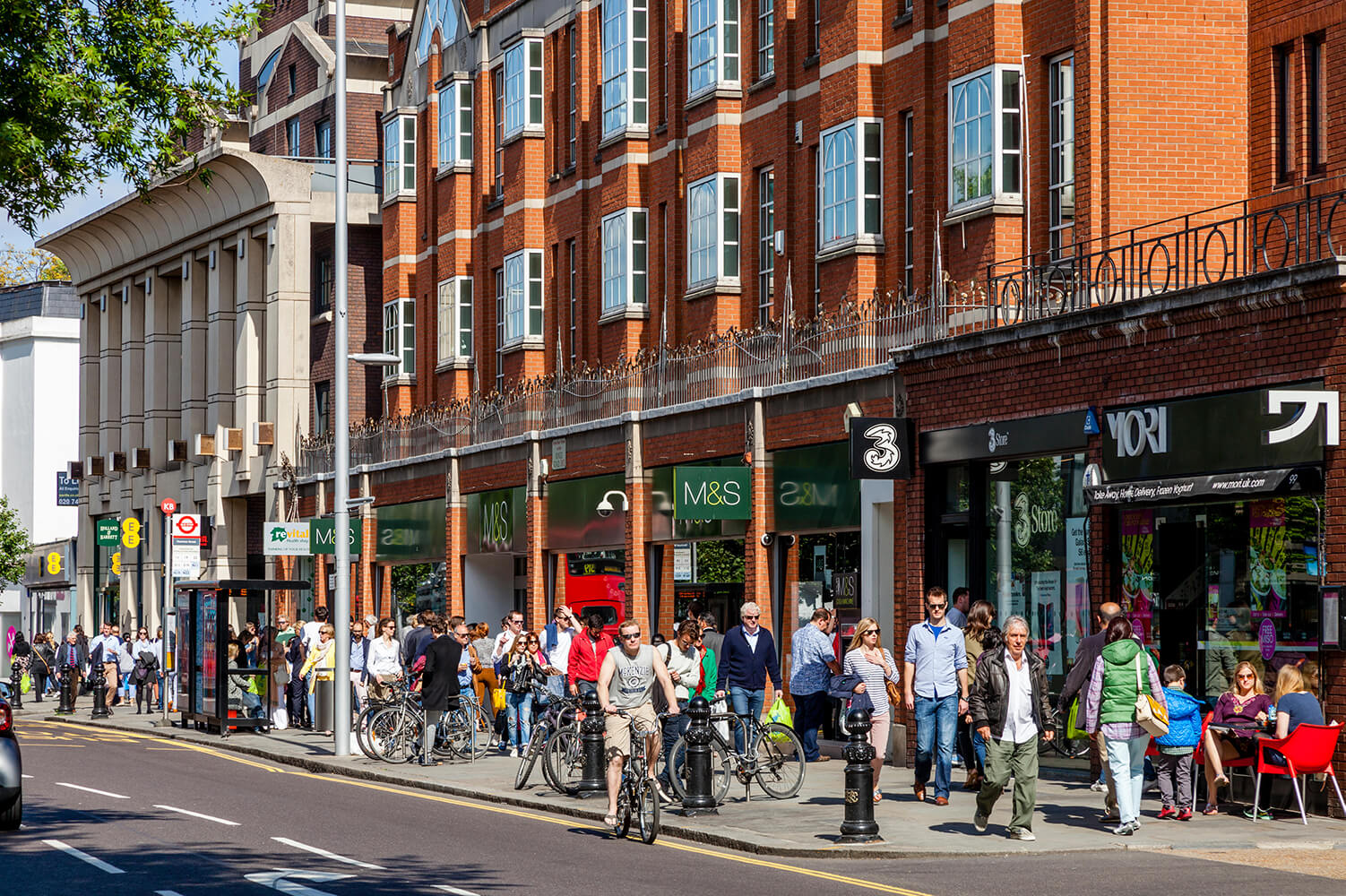
Kings Road, Chelsea, SW3
The Stokemont team were very pleased to be able assist with a retrospective Licence for Alterations covering internal works to a penthouse flat on Kings Road, Chelsea, SW3. The works included the relocation of a bathroom and removal of internal structural walls.
Timeline: 28 days
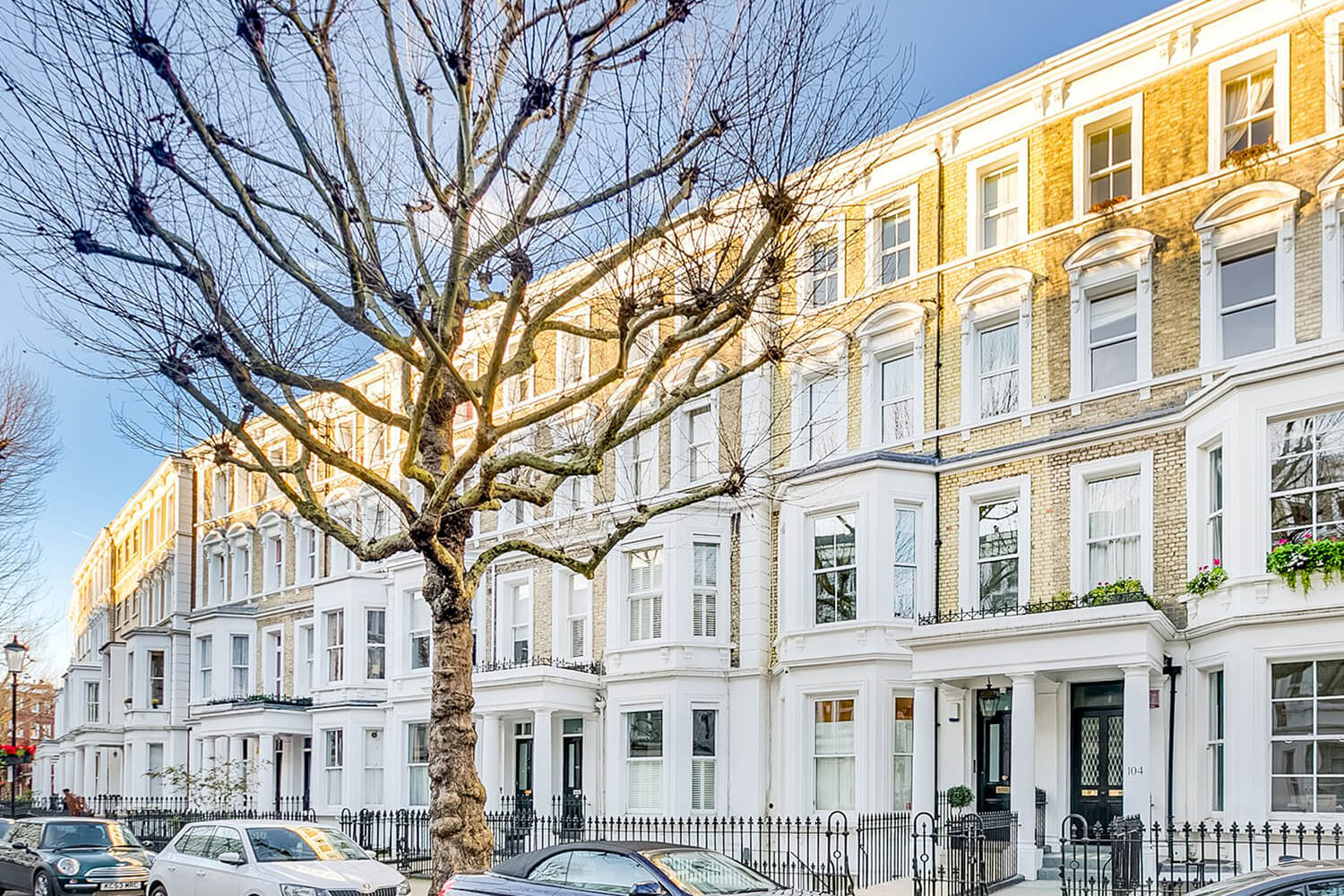
Philbeach Gardens, Kensington and Chelsea, SW5
The Stokemont team were very pleased to be able assist a client with the service of Party Wall Notices, the Agreement of Party Wall Award and the agreement of a Licence for Alterations for this conversion flat in Philbeach Gardens, Kensington and Chelsea, SW5. The works included the full refurbishment of the flat and various different structural works.
Timeline: 18 days
Team Qualifications
Our team of surveyors are not only highly experienced but importantly they are also qualified.
We’re proud to confirm our surveyors hold membership status and accreditation to some of the world’s leading professional governing bodies including; the Royal Institute of Chartered Surveyors (RICS), the Chartered Institute of Arbitrators (CIArb), The Chartered Association of Building Engineers (CABE) and the Pyramus and Thisbe Club (P&T).
Advice Centre
How Much is a New Kitchen?
Kitchen renovations are one of the most popular forms of renovation work homeowners can embark on. They can transform the space, update the kitchen with modern energy saving appliances and, in many cases, change the way a kitchen plays an integral role in your home....
Licence for Alterations Fact Sheet
We’ve also got a YouTube video on this topic. A Licence for Alterations is required when a leaseholder wishes to carry out changes to their property. Most leases include specific wording that restricts alterations without the freeholder’s prior written consent....
Undertaking Construction Works to a Listed Building
Across England, around 500,000 buildings have been granted "listed" status, recognition that they hold special architectural or historical significance. Being the property owner to one of these properties is both a privilege and a responsibility above and beyond an...









